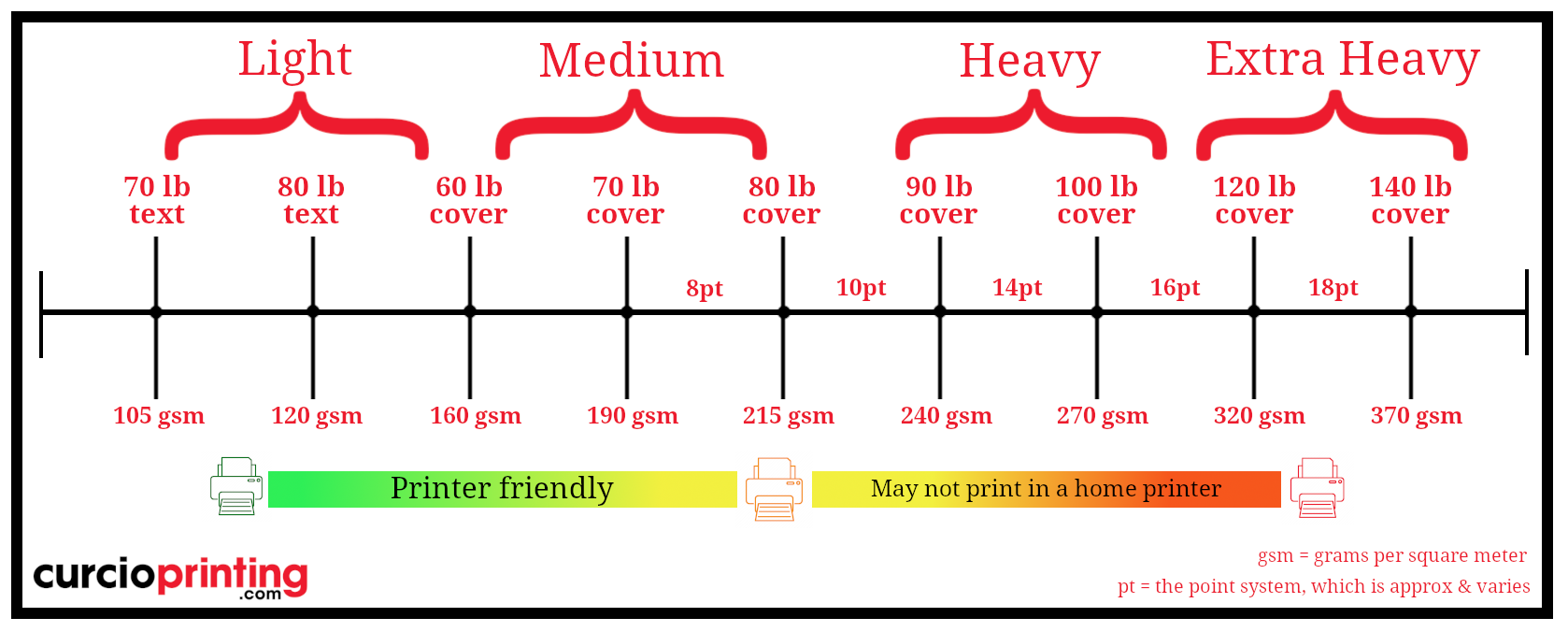A Comprehensive Guide to Choosing the Right Paper for Your Print Project
In the digital age, where screens dominate our daily lives, the tactile experience of printed material remains irreplaceable. Whether it's a business card, brochure, invitation, or poster, the choice of paper can significantly impact the overall look and feel of your print project. Selecting the right paper involves considering various factors, including the project's purpose, design, and budget. In this guide, we'll explore the key elements to consider when choosing the perfect paper for your next print endeavor.
Understand Paper Types
Before diving into specifics, it's crucial to understand the basic types of paper available:
- Coated Paper: Smooth and shiny, ideal for vibrant color printing and sharp image reproduction.
- Uncoated Paper: Offers a more natural and textured feel, suitable for projects with a classic or organic aesthetic.
- Specialty Paper: Includes options like textured, metallic, or recycled paper, adding unique visual and tactile elements to your print.
Consider Project Requirements:
- Purpose: Determine the primary function of your print project. Is it promotional material, packaging, or personal stationery? The intended use will influence the paper's durability, weight, and finish.
- Audience: Consider who will be interacting with your print materials. Are they professionals, consumers, or children? Understanding your audience's preferences and expectations can help you select the most appropriate paper type.
Evaluate Print Method:
- Printing Technique: Different printing methods, such as digital, offset, or screen printing, may require specific paper characteristics for optimal results. Consult with your printer to ensure compatibility between paper and printing technique.
- Ink Absorption: Consider how the paper interacts with ink. Coated papers typically provide sharp image reproduction, while uncoated papers offer better ink absorption, making them suitable for projects requiring extensive text or handwriting.
Assess Visual Appearance:
- Color Reproduction: Choose a paper that enhances your design's colors and contrasts. Coated papers often produce vibrant and glossy prints, while uncoated papers offer a softer, more muted look.
- Texture and Finish: The paper's texture and finish contribute to its overall aesthetic appeal. Textured papers add depth and interest, while glossy or matte finishes can accentuate certain design elements.
Determine Paper Weight and Thickness:
- Weight: Paper weight is measured in grams per square meter (gsm) or pounds (lb). Heavier weights indicate thicker and sturdier paper, suitable for premium or durable print projects. Lighter weights are more economical and flexible but may lack durability.
- Thickness: Consider the thickness of the paper, often referred to as caliper or points. Thicker papers offer a more substantial feel and are ideal for products requiring durability or a premium appearance.
Budget Considerations:
- Cost: Paper quality can significantly impact production costs. Balance your desired paper characteristics with your budget constraints to ensure a cost-effective solution without compromising print quality or project objectives.
- Quantity: Bulk printing may offer cost savings, but consider the long-term implications of paper choice. Investing in higher-quality paper can enhance brand perception and durability, potentially offsetting initial costs.
Request Samples and Test Prints:
- Sampling: Request paper samples from your printer or paper supplier to evaluate color, texture, and print quality firsthand.
- Test Prints: Conduct test prints on different paper types to assess how your design translates onto each surface. This allows you to make informed decisions and ensure the desired outcome before committing to a specific paper.
Choosing the right paper for your print project involves careful consideration of various factors, including project requirements, print method, visual appearance, weight, thickness, and budget. By understanding these key elements and consulting with your printer or paper supplier, you can select the perfect paper that enhances your design, meets your objectives, and captivates your audience, ensuring a successful and impactful print experience.

